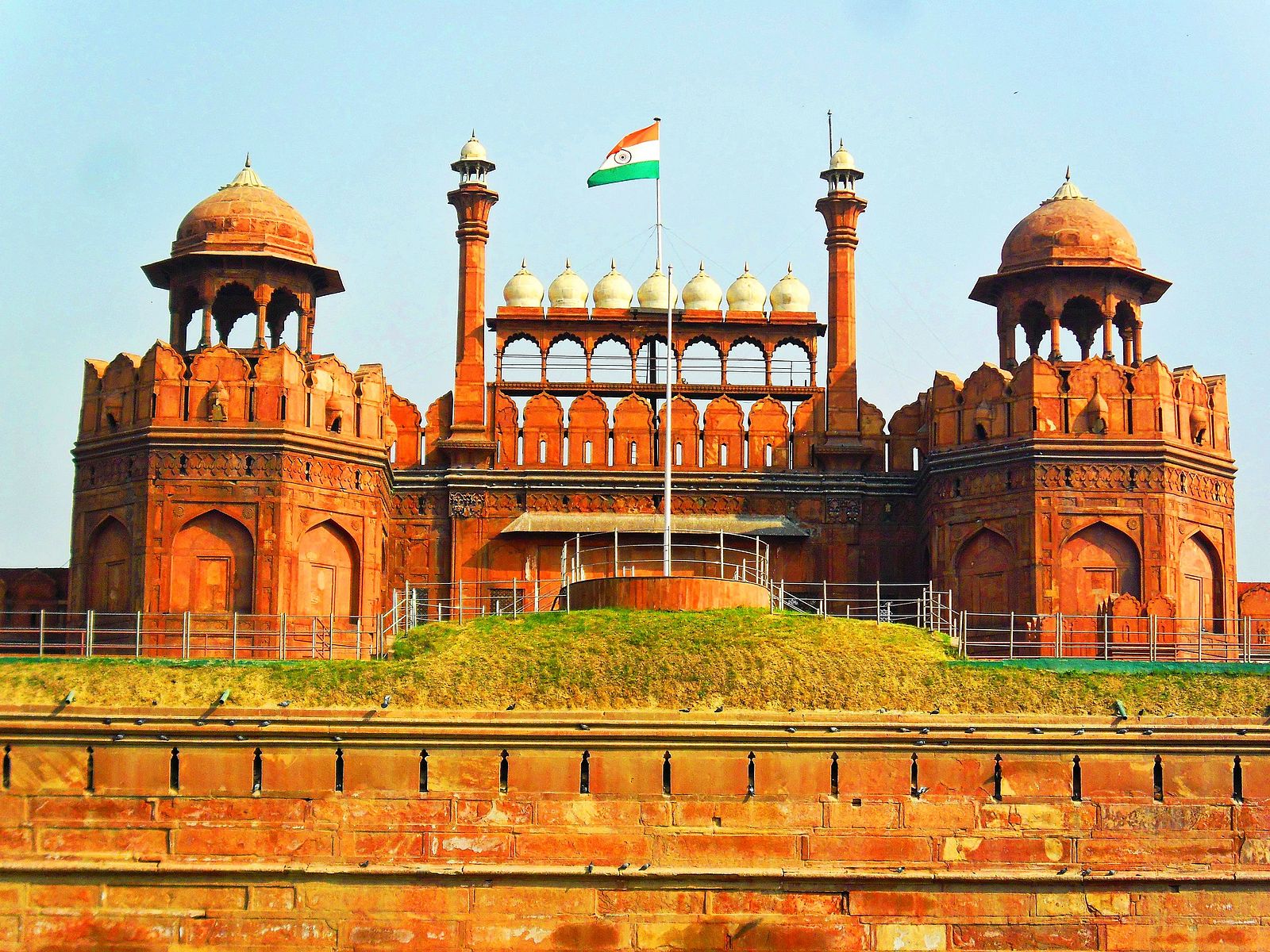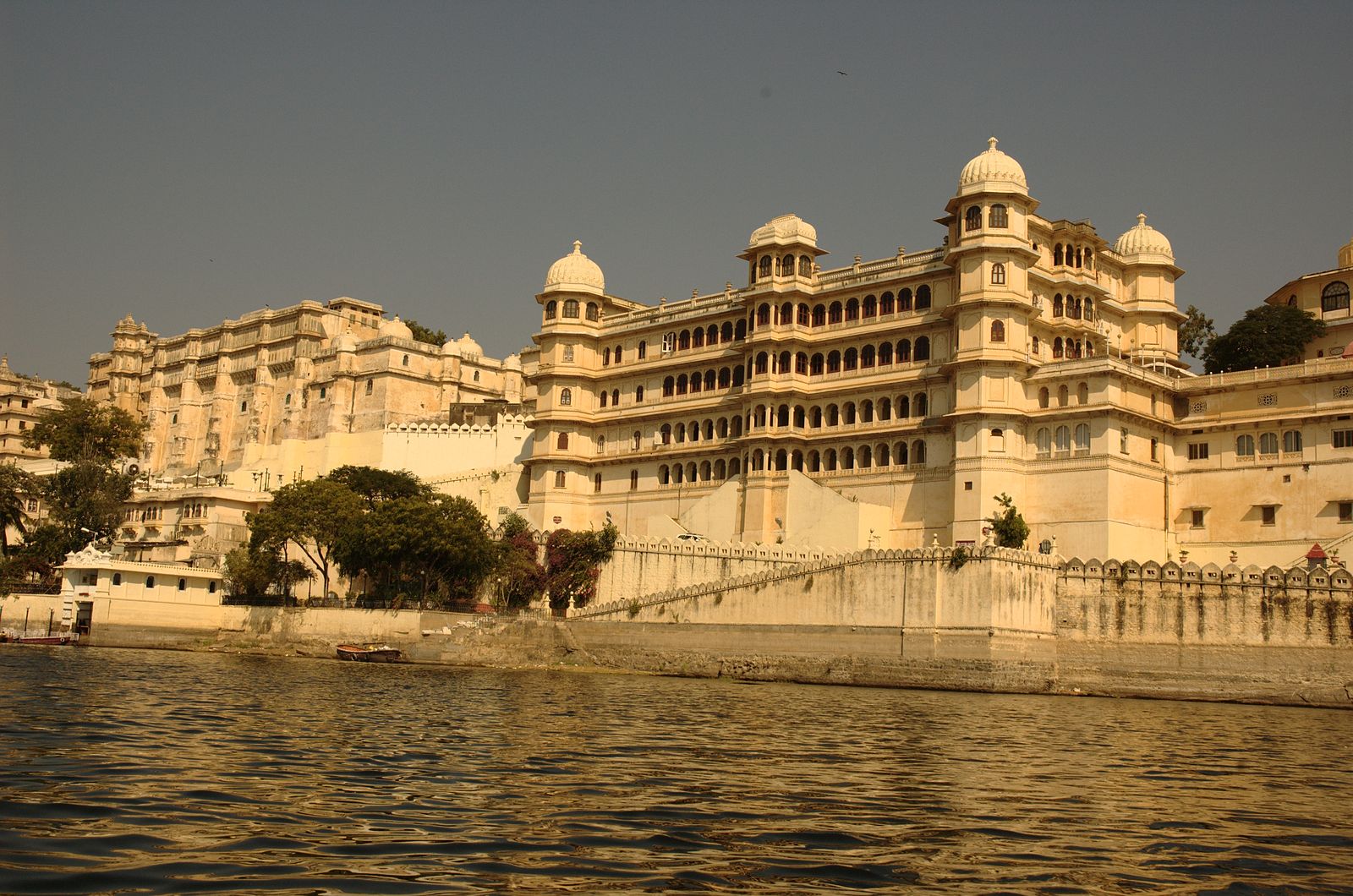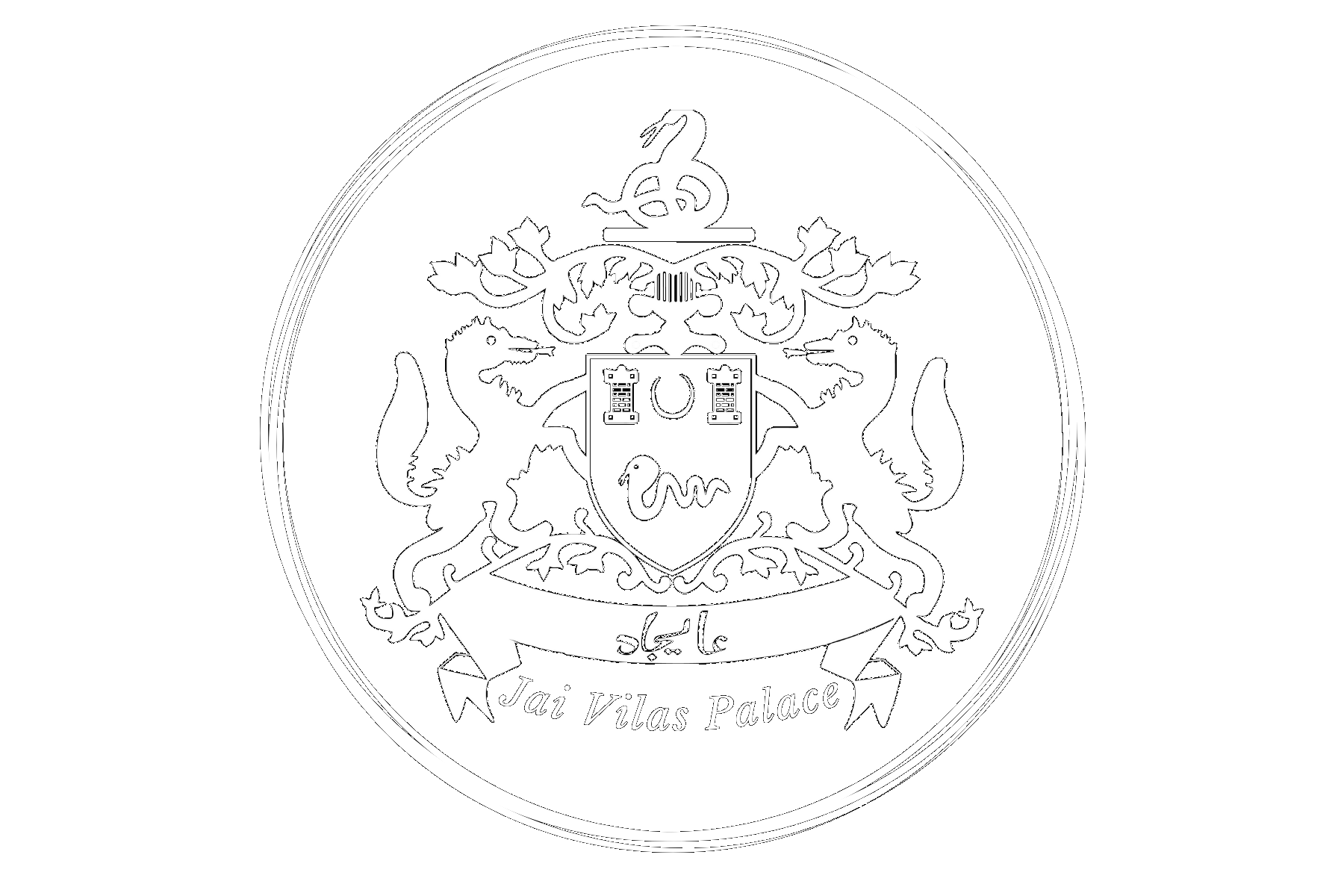Expansion of the Hindavi Swarajya.
Scindia’s India
Scindias did not rule a small kingdom, they ruled an empire. In the days of the great Maratha Mahadji Scindia, it stretched from Lahore suba in the north, to Ahmadnagar in the South, Bharuch in the West to the border of Prayagraj(Allahabad) in the East. Therefore the work and contribution of the Scindias has been on a nearly pan-Indian scale. Therefore it is important for us to keep the spatial perspective while studying the history of the Scindias, using a map would be really helpful.

The Maratha frontier in the North.
Khyber-Pakhtunkhwa
The Marathas under Raghunnathrao Peshwe sent their troops with select commanders headed by Sabaji Scindia to take the fort of Attock on the Indus before capturing the city of Multan and the all-important city of Peshawar, which guarded the Khyber Pass. Sabaji Scindia was made the governor of Attock located on the banks of Indus River from which India takes it’s name. Scindia went even further ,capturing Peshawar the capital of the province of Khyber-Pakhtunkhwa, and garrisoning it with 10,000 men, thus bringing actual Pathan area under his control.
Punjab campaigns started under Sabaji Scindia and Dattaji Scindia reached it’s pinnacle under Mahadji Scindia.
Punjab
After establishing friendship with Sikhs, Mahadji Scindia decided to teach a lesson to those who were agents of anarchy in Punjab. In a letter written on 16 may 1785 by James Anderson to John Macpherson who was in Calcutta, it has been mentioned that “ Mahadji( Scindia) had detained Sikh chief Durgah Singh, much against his inclination in camp until the seal and signature of all Sikh chiefs of that confederacy shall be affixed to a copy of the treaty which he has for that purpose transmitted to them”. In June 1785 Mahadji reached the Afghan cantonment in Lahore. In July many battles were fought. Shah Gulzar Hussain was defeated by Mahadji next battle happened in end of July in which Mahadji was again victorious he defeated and killed Afghan commander Parvez Khan and Ali. This happened because Mahadji very cleverly asked his officer Ambani Ingle to befriend the Sikhs. After monsoon another battle happened in which chief Subedar of Lahore cantonment Muhammed Shah Abdali was defeated by Mahadji. Mahadji recaptured area from Lahore to Attock from the Afghans. Mahadji's victory scared Afghanis and Khurasanis then he moved through Bahawalpur while returning.
The land where many battles were fought.
Haryana
Mahadji Scindia become supreme authority in Delhi, then he turned his eyes to Haryana. It was divided into a number of small principalities. The main powers may be alluded to as under: The northern Haryana including Ambala, Karnal and Jind had been under the Sikh chiefs. Najaf Quli Khan had occupied the territories of Rewari, Narnaul, Gurgaon, Jhajjar and Rohtak.He posed to be an independent ruler, with Gokalgarh as his capital. The north-east territory of Haryana was under the Bhatis. They had in their possession Fatehabad, Rania and Sirsa. So practically the whole of Haryana was independent. Mahad ji had to put much efforts to conquer and administer the territories. Mahadji divided the territories of Haryana into four parts. The details are as under : 1. Delhi- It included the emperor's palace and family and the surrounding area of Haryana; 2. Panipat- It constituted the present districts of Karnal, Sonipat, Ambala and Kurukshetra ; 3. Hissar- It included Hissar and some parts of present district ; 4. Mewat- It included Gurgaon, Rewari, Narnaul and Mahendragarh. The Marathas controlled the administration of Haryana till 1803. A.D. After the defeat of Maratha in the Anglo-Maratha war in September, 1803, Marathas had to sign the treaty. During this Anglo-Maratha war, the Sikh showed their allegiance to the British; particularly, Bhai Lal Singh of Kaithal, Bhag Singh of Jind and later Bhanga Singh of Thanesar helped the British. With the battle of Lasawari (Anglo-Maratha War-as already alluded to on Ist November, 1803, the Maratha power vanished from northern India.
The capital and political centre of India.
Delhi
The date was 7 February 1771 in order to re-establish Hindavi Swaraj, the Maratha army badly defeated Qasim Ali, the fortress commander of Delhi's famous Red Fort. Qasim Ali was an ally of Jhabeta Khan. That alliance was destroyed by Scindia. After this historic victory, Balarao again hoisted the Saffron flag of Scindias on the Red Fort in Delhi on 9 February 1771 under the leadership of Mahadji Scindia. Scindia fulfilled the dream of late Chhatrapati Shivaji Maharaj to conquer Delhi. By conquering Delhi, Scindia also glorified the name of his father Kailashwasi Ranoji Scindia and Mahadji’s martyr brothers. Mughal courtiers like Mirza Najaf Khan, Abdul Rehman, Akbaruddin, Bande Ali Khan and Shakur Khan etc. were against Maratha control over Delhi, Mahadji Scindia defeated them and Delhi came under Scindia rule, Scindia flag was displayed on the roofs of many big mansions in Delhi. It was set up as a sign of Scindia supremacy in Delhi. Scindia’s officer Ramchandra Shivdev Pandit worked day to day to increase Mahadji's influence in Delhi, and Baburao Gosavi managed Delhi's affairs well. Dunde Khan was on very good terms with Ahmed Shah Abdali, his request for Abdali's return to India to destroy the Scindia power, would have had a great impact on Abdali, Mahadji knew about this so he sent his warriors to slay Dunde Khan which was done on 17 April 1771.
The Indo-Gangetic plains, Doab and Terrai.
Uttar Pradesh
On 5 April 1770, Mahadji conquered Mathura-Vrindavan, he established an animal hospital there, which was remarkable for that age. Zhabeta Khan son of Najib after his death forcefully took the title of Mir Bakshi from the Mughal emperor in Delhi. Zabeta was uniting the Afghans against Marathas. Mahadji Scindia with his Scindia army after making Pathans run away from the battlefield conquered Etawa, Akbarpur, Farukhabad, etc. In November 1770 the armies of both Mohammed Khan and Zabeta Khan attacked the Scindia army, but Scindia artillery decimated 70,000 Pathan soldiers, making this victory grand. In December 1770 Mahadji defeated Zhabeta Khan at various battlefields. On the eastern bank of the Ganges Mahadji defeated several generals of Zabeta Khan, Yarmand Khan, Shahghazi-Pathan, and Abdulfateh Khan. Mahadji Scindia decimated the Rohilla Pathans to an extent that they ran away to some important places of Rohilkhand and Kumaon, Scindia army hunted them their also, it destroyed many forts of the Rohillas not even caves were left for them to hide. This way Scindia power was established in Western Uttar Pradesh.
Scindia’s gateway to the Arabian Sea.
Gujarat
Warren Hastings accepted the the power of Mahadji Scindia and on 6 June 1782 he transferred the suba of Bharuch including the town, fort and the port their to Mahadji. `` Jamers Forbes Oriental memoirs edition 2 volume 2 published 1734 chapter number 11``: Baruch and Dabhoi was transferred by British to Mahadji Scindia. The Scindias acquired political control over the Panchmahals in 1761. The fort of Pavagad and the historic city of Champaner was also ruled by the Scindias. Mandvi or Custom House The well laid out square structure in the center of Champaner's fort was an exclusive and separate enclosure for royalty visiting as guests of the kings. When Marathas ruled here, the building was an octroi or custom house. With the coming of the British in 1802, there began a new period of rule. The Scindia found it difficult to manage Pavagadh Panchmahals from his capital at Gwalior. Apart from the distance, much trouble was caused by the rebellious Mewas and Bhils. He, therefore, entered into an agreement with the British to transfer the management of the district from 1853 for a period of ten years.
The land of several Rajas.
Rajasthan
From 1791 until 1818 the Scindias leaders of the Maratha kingdom based in Gwalior, held Ajmer, though the city and fort experience military conflicts in 1800, 1802, and 1815. The Scindia Marathas made some important changes to the operation and organization of the dargah of Mu‘in al-Din in this period. In 1799-1800, Daulat Rao Scindia, made the post of mutawalli hereditary for the family of the occupant at the time, Mir Aziz Ali. Under Maratha rule between 1761 and 1787 patronage at Ajmer and Pushkar had expanded to Maratha leaders based outside of Rajasthan. Scindias dominated the politics of Rajasthan till 1818 most of the states in Rajasthan paid them tribute they appointed their viceroy Ambaji Ingle to rule Mewar on their behalf and after him Bapuji Scindia was appointed the Viceroy. Jaipur and Jodhpur were for a long time under Scindia zone of influence.
The heart of India
Madhya Pradesh
Scindia’s capital Gwalior is located in Madhya Pradesh it was their base for further expansion in Malwa, Chambal valley, Bundelkhand, and Baghelkhand that came under Scindia’s zone of influence. In 1725 on Dussehera under the command of Ambaji Pant, Peshwa ordered a campaign for the conquest of Malwa this army included Ranoji Shinde. In February 1726 this army collected Chauth tax from Lunawada, Banswara and other areas. The Badshah of Delhi ordered Giridhar Bahadur and his chief of the army staff to conquer Malwa from the Marathas but Ranoji defeated them in Aamjhera in Malwa and kept Malwa under Maratha control. Triyambak Rao Dabhade was a Maratha sardar who rebelled against the authority of Peshwa and tried to conquer Malwa but was defeated by the army of the Peshwa, of which Ranojirao was also a part of. After being defeated by Mahadji Scindia in Shivpuri, Bhelsa, Sarangpur, Kolaras and Gohad etc., the British understood Scindia’s power very well. A letter written by Mahadji Scindia to Tipu Sultan's father Hyder Ali on 17 April 1781 shows that Mahadji Scindia defeated the British in Malwa, Haider defeated the British in the south etc. When Mahadji Scindia defeated the British continuously several times and in different battles, then Warren Hasting, sitting in Calcutta, had no choice, the only option that he had and he adopted was to accept the power of Mahadji Scindia in Central India and ask the British army to surrender in front of him. The British decided to surrender and on 13 October 1781, Colonel Muir himself came on foot in front of Mahadji Scindia and put the weapons of his army at the feet of Scindia. Scindia got both the ports of Vasai and Sashti from the British to the Marathas, he assured the British that he would not attack Gwalior and Gohad which was with Rana Lokendra, a friend of the British then at that time. But after some time Scindia won both Gwalior and Gohad, the British were stunned, the drum beat of Scindia's power was being heard in Bengal.
Where it all started.
Maharashtra
Maharashtra is where the Scindias came from, they were Patil’s of a village named Kanherkhed in the Satara area. Having served in the armies of Chatrapati Shivaji his son Sambhaji, Rajaram and later Tarabai Raje, Scindia gained a lot of experience and mastered the art of warfare. Baji Rao Peshwe recognised this talent and made Ranojirao Scindia along with Malhar Rao Holkar as his two swords. In Maharashtra Scindias attained several victories, in Kolhapur, in Wadgaon against the British etc. the area till Ahmadnagar was a part of Daulat Rao Scindia’s territories which were later annexed by the British. Mahadji Scindia could have easily conquered Pune and dethroned the Peshwa but he did not do that out of the respect he had for the Peshwa. The great Maratha Mahadji Scindia passed away in Maharashtra in Pune at a place called Wanawadi.
Hilly state of India

